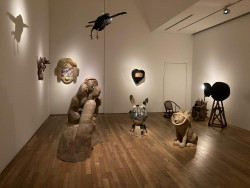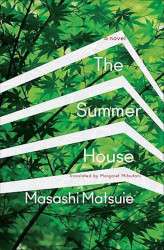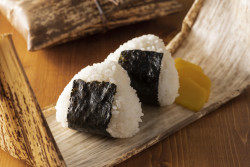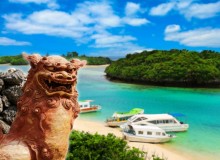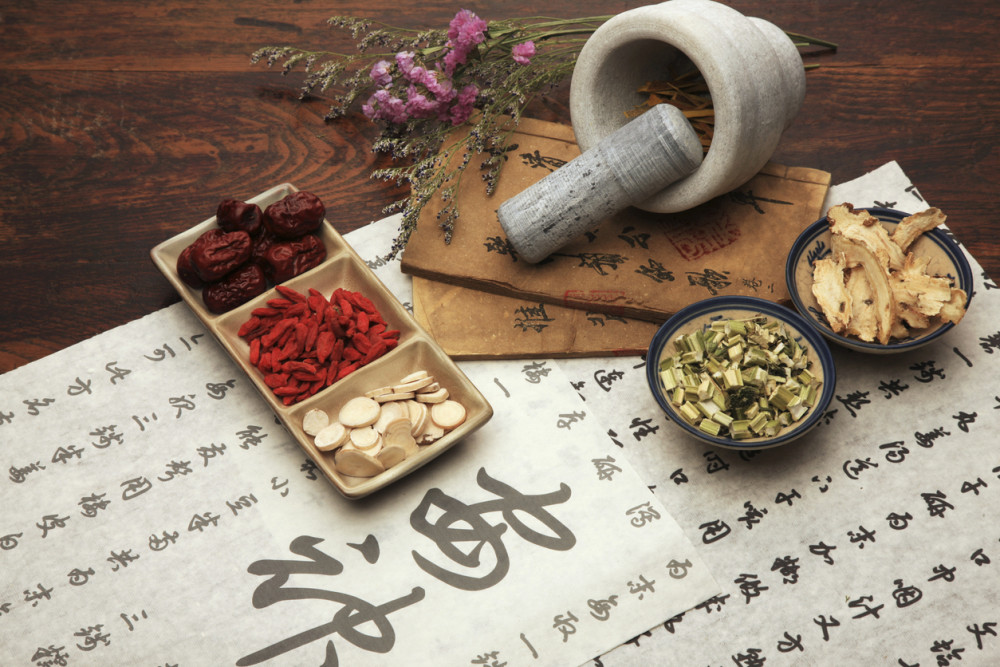
August 28, 2024

Alternative Medicine in Japan
Visit these traditional alternative medicine clinics and salons in Tokyo
By Oliver Arlow
The roots of many traditional treatments in Japan trace back to China, with the first medical knowledge arriving in the sixth century. Impressed by the efficacy of these treatments, Japanese rulers started to send their physicians to China to learn these valuable skills.
Over time, Chinese medicine mixed with Japanese culture and traditions and evolved into “kampo.” After Japan opened up to the West, however, the focus of Japanese medicine shifted to the approaches of European and American physicians and pharmaceuticals.
Still, many Japanese people swear by the therapeutic properties of the “old ways”, and practitioners are readily spread across the country. For those who are curious or have not found relief with modern treatments, these options could provide a solution.
Acupuncture
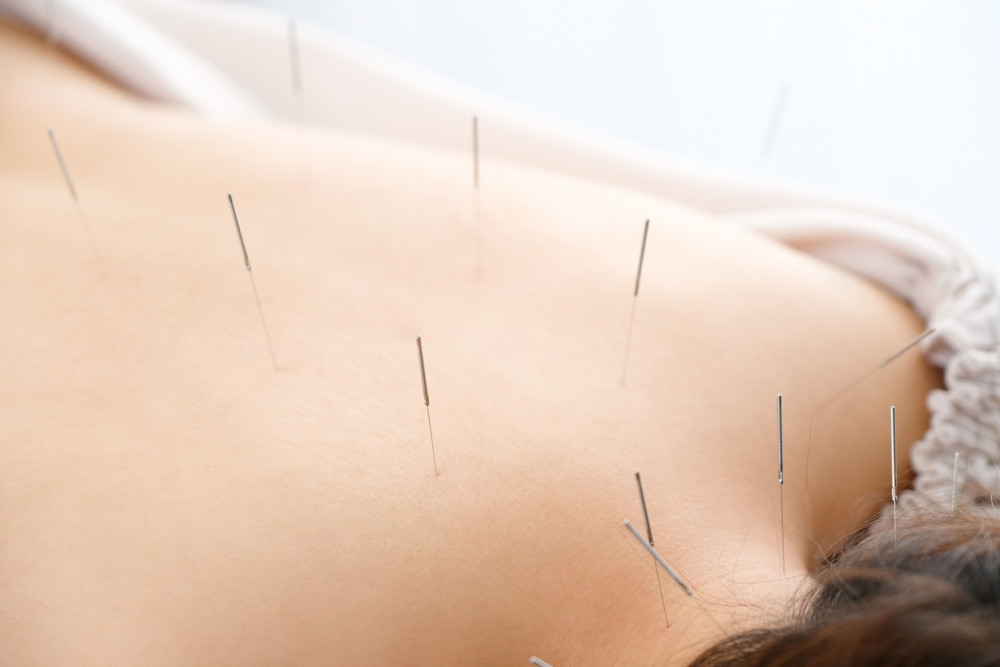
Among the best-known alternative medicines is acupuncture, the use of slender, sterile needles at key points on the body, primarily for pain relief. Typically, there are between five and 20 needles during one treatment. They stay in place for up to 20 minutes.
Traditional acupuncture holds that “qi,” or a life force, circulates throughout the body along lines called meridians where the needles must be inserted to facilitate the flow of qi.
Further information: The Japan Society of Acupuncture and Moxibustion (JSAM)
Tokyo Acupuncture Clinic: Flow Acupuncture and Osteopathy
Moxibustion

The ancient therapy of moxibustion involves burning dried mugwort, or moxa, on specific points of the body. Also a common treatment in China, Korea, Vietnam and Mongolia, practitioners say the therapy warms the meridian points to stimulate “qi” and blood flow.
Often used in conjunction with acupuncture, people believe that moxibustion is effective in treating a range of complaints, especially those common in older people. Practitioners claim it is effective in the treatment of cancer, strokes, ulcerative colitis, constipation and hypertension. It may also help to ease pregnancy symptoms and promote a smooth childbirth.
Further information: The Japan Society of Acupuncture and Moxibustion (JSAM)
Clinic: Batoh Acupuncture and Moxibustion Clinic
Reiki
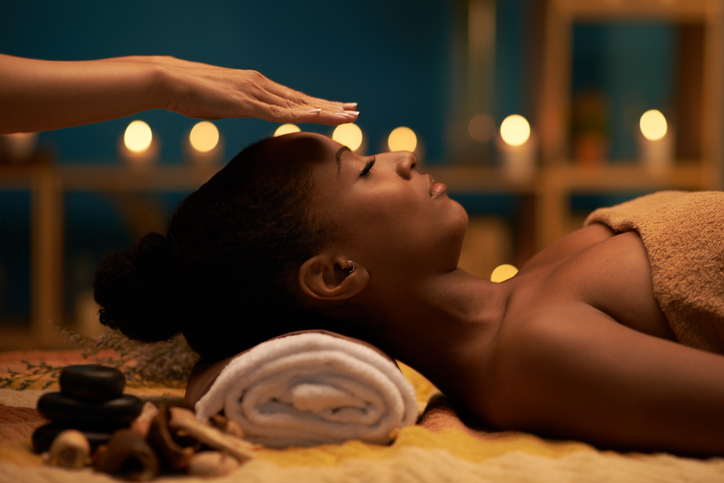
A home-grown alternative medicine, Japan’s reiki practitioners employ “palm healing” or hands-on healing to apply “universal energy”. This may provide physical or emotional healing. Reiki also taps into qi, which can be manipulated to treat an illness or condition.
Although reiki has been criticized–primarily by Western medical analysts–as being pseudoscientific and unlikely to be of any real assistance in treating an illness, there are plenty of people who swear by it. The Japan Reiki Association has chapters around the world.
Kobido
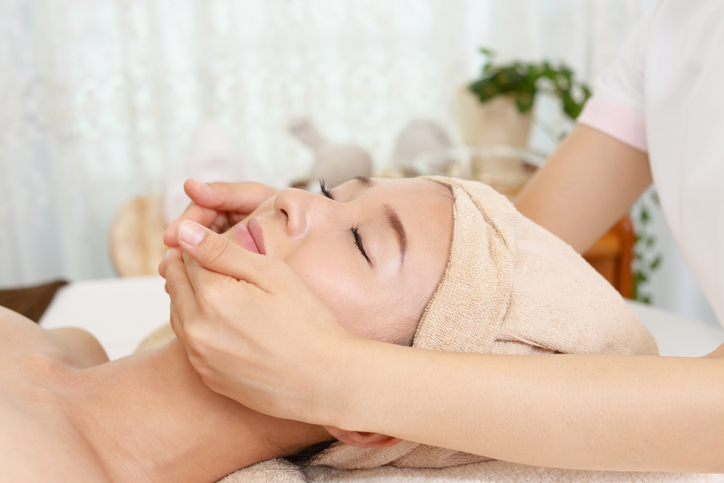
Described as a natural, non-invasive facelift, Kobido facial massages in tandem with aromatherapy can have strong rejuvenating powers and help to firm facial muscles and skin.
The ancient technique originated in China and India, before making its way to Japan. It focuses on stimulating acupressure guidelines and promoting blood flow, encouraging skin relaxation and, over time, skin quality. It also slows down the aging process.
While the therapy focuses on the face, practitioners say that regular treatment will improve a person’s overall health and re-energize both the body and the mind.
Macrobiotic diet
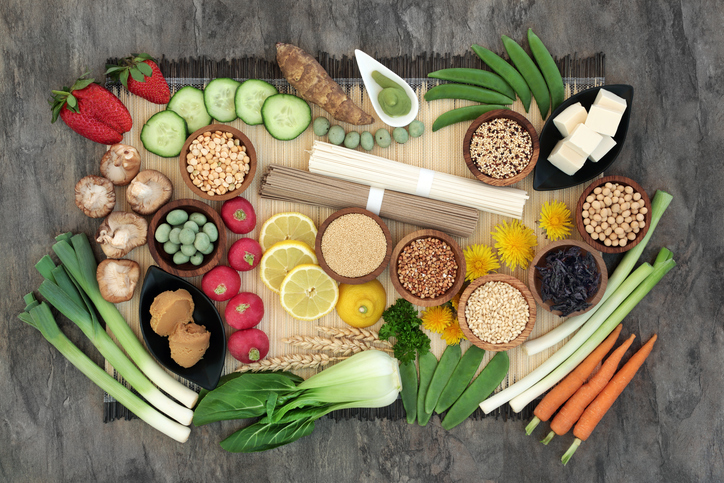
Macrobiotics is all about consuming food that is in balance–the yin and yang elements of food–to achieve optimum health.
This is based on traditional Zen Buddhism cuisine, which uses no animal or refined products. Followers divide their meals roughly between 40% and 60% whole grains, such as brown rice, oats, barley or quinoa, approximately 20% to 30% fruit and vegetables, with the remaining 10% to 25% made up of bean products, including tofu and miso, as well as sea vegetables, such as seaweed.
George Ohsawa first proposed this diet. He was a proponent of alternative medicines who believed that good health could be achieved by meeting seen criteria: A good appetite, lack of fatigue, good sleep, a good memory, good humor, precision in both thought and action and gratitude.
Ohsawa’s 1961 book, Zen Macrobiotic, advanced earlier ideas on a vegan diet and is still considered the definitive work on the subject.
This page has been brought to you as a public service of the Yokohama Bluff Medical and Dental Clinic.
Learn more about health and wellness in Japan in our article: Seven Japanese Books About Mental Health and Wellbeing

